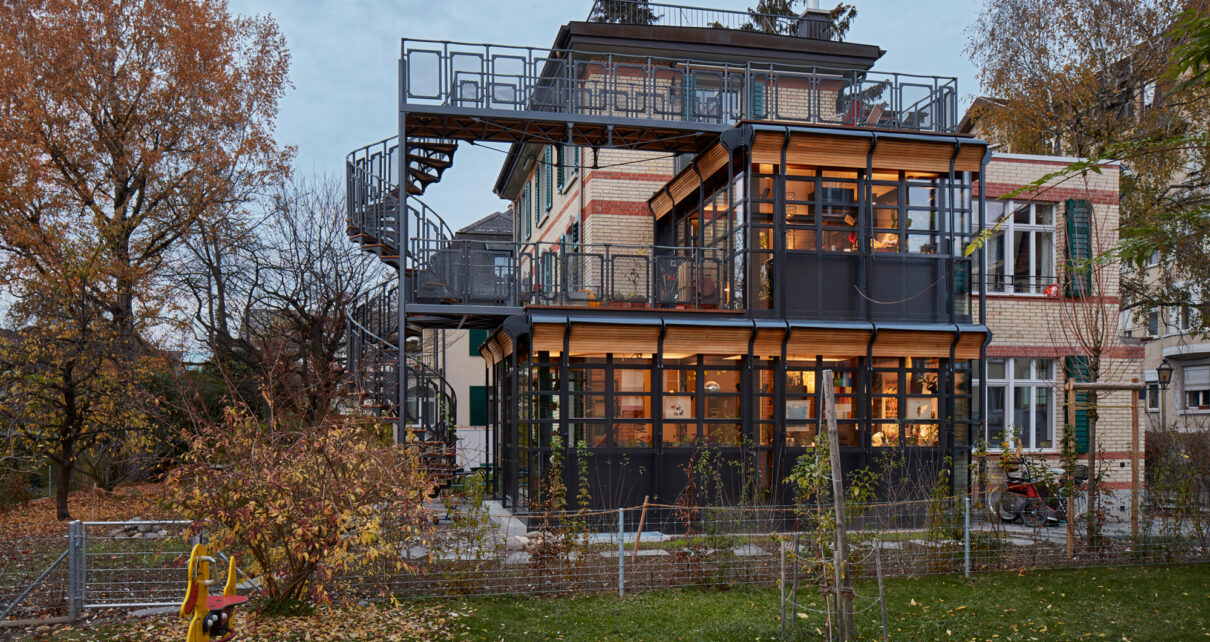Table of Contents
Heritage buildings tell stories—stories of architecture, craftsmanship, community, and cultural identity. These structures, often centuries old, carry the character and history of their time, standing as monuments to the lives and events that shaped them. However, time takes its toll. Weather, neglect, and modern development pressures can compromise their integrity. That’s where heritage building restoration comes in—a specialized practice focused on preserving the past while making these historic structures safe, functional, and relevant for the future.
In this article, we explore the purpose, process, and importance of restoring heritage buildings, along with the challenges and rewards that come with it.
What Is Heritage Building Restoration?
Heritage building restoration involves repairing, refurbishing, or revitalizing historic buildings to reflect their original condition and character while making them safe and usable by today’s standards. Unlike simple renovation, restoration emphasizes historical accuracy, using original materials and techniques wherever possible.
The goal isn’t just to fix old buildings—it’s to protect cultural heritage, maintain community identity, and promote sustainable urban development.
Why Heritage Building Restoration Matters
1. Cultural Preservation
Every brick, beam, and detail in a heritage building represents the culture and history of a place. Restoring these structures helps preserve this identity for future generations. It maintains a tangible connection to the past, allowing communities to understand their roots and celebrate their uniqueness.
2. Architectural Value
Older buildings often feature architectural styles and craftsmanship that are rare or even lost in modern construction. From hand-carved woodwork to stone masonry, these elements provide aesthetic and historical value that’s worth preserving.
3. Sustainability
Restoring buildings is more environmentally responsible than demolishing and rebuilding from scratch. Reusing materials, reducing construction waste, and upgrading energy systems all contribute to greener cities.
4. Economic Revitalization
Restored heritage buildings often become thriving community spaces, attracting businesses, tourism, and real estate interest. Whether transformed into museums, restaurants, hotels, or apartments, these spaces can breathe new life into neglected neighborhoods.
The Restoration Process: Step by Step
Successful heritage restoration requires a blend of historical research, skilled craftsmanship, and modern engineering. Here’s an overview of how the process typically unfolds:
1. Historical Assessment
Before work begins, experts conduct a detailed assessment of the building’s history, architecture, and cultural significance. This may involve archival research, structural analysis, and consultation with historians or preservation societies.
2. Condition Survey
A thorough inspection identifies areas of damage, decay, or structural weakness. This step helps prioritize work, determine necessary permits, and inform the budget.
3. Planning and Permissions
Restoration projects often require approval from local or national heritage authorities. Plans must meet guidelines to ensure historical integrity is maintained. This includes restrictions on materials, finishes, and alterations.
4. Stabilization and Protection
Before restoration begins, the building is stabilized to prevent further damage. Temporary supports, tarps, or fencing may be used to protect both the site and workers.
5. Repair and Replacement
Damaged or decayed components are repaired using traditional techniques or replaced with matching materials. This may include restoring facades, windows, roofs, plasterwork, wood detailing, and ironwork.
6. Modern Upgrades
To meet today’s safety and comfort standards, restored buildings often receive modern systems: electrical, plumbing, HVAC, and fire safety. These upgrades are carefully integrated to preserve the building’s appearance and character.
7. Final Finishing
Once structural work and systems are complete, finishing touches—paint, fixtures, signage, and landscaping—are added to reflect the original design.
Challenges of Heritage Restoration
– Sourcing Authentic Materials
Finding period-accurate materials can be difficult and expensive. In some cases, salvaged or custom-made pieces are the only options.
– Skilled Labor Shortage
Restoration demands specialized skills like stone carving, plaster molding, or timber framing—skills that are increasingly rare in the modern workforce.
– Balancing Old and New
Modernizing a building without compromising its character requires creative problem-solving and careful integration of new systems.
– Legal and Regulatory Hurdles
Working on heritage properties often involves navigating strict building codes, heritage laws, and zoning regulations.
Examples of Successful Restoration
– The Alamo (San Antonio, TX)
This 18th-century Spanish mission and battle site has undergone careful restoration to preserve its structure while enhancing the visitor experience.
– Union Station (Washington, D.C.)
A stunning example of Beaux-Arts architecture, Union Station’s restoration combined historical elegance with modern functionality.
– Historic Theaters and Hotels
Across the U.S., historic theaters like the Fox Theatre in Atlanta and boutique hotels in cities like Charleston and New Orleans have been restored to their former glory, serving as community landmarks once again.
How Communities Can Support Heritage Restoration
- Advocate for Funding: Support local and national grants for preservation.
- Participate in Local History Projects: Volunteer with historical societies or building preservation groups.
- Choose Restoration Over Demolition: If you own a historic property, consider restoration as a viable, valuable option.
- Educate Others: Raise awareness about the benefits and importance of preserving historical architecture.
Final Thoughts
Heritage building restoration is more than a construction project—it’s a labor of love and a vital investment in our shared history. Restoring these structures not only honors the craftsmanship of the past but also builds stronger, more connected communities. As cities grow and change, let’s not forget the irreplaceable stories written in stone, wood, and glass—stories worth preserving for generations to come.




